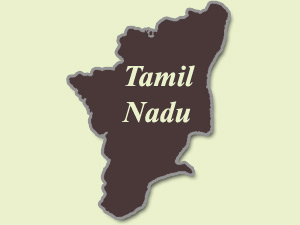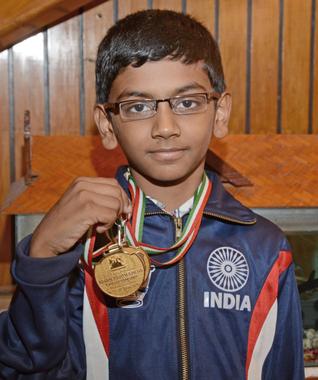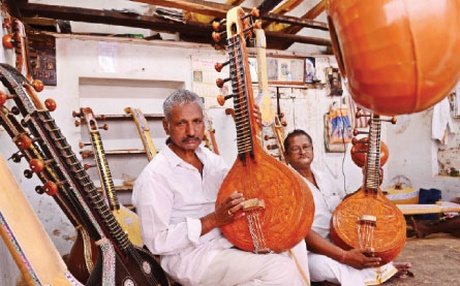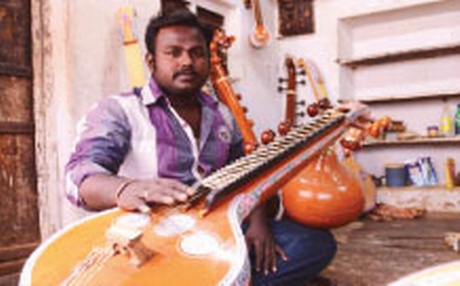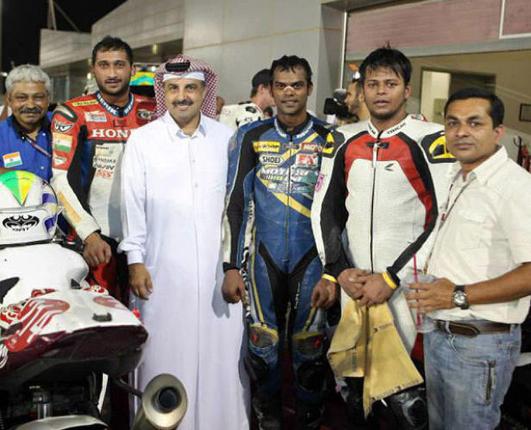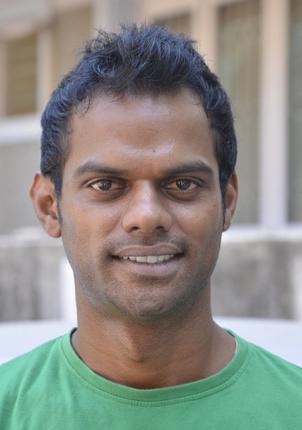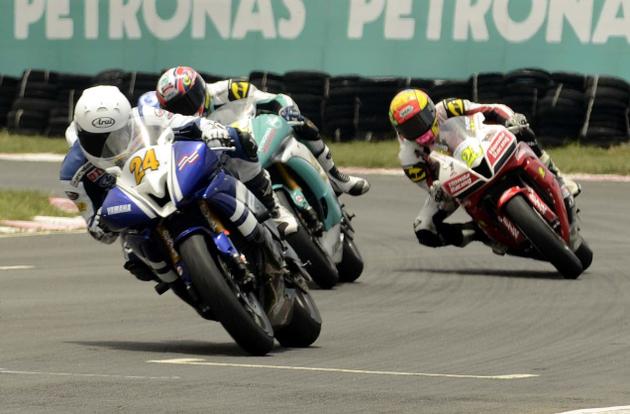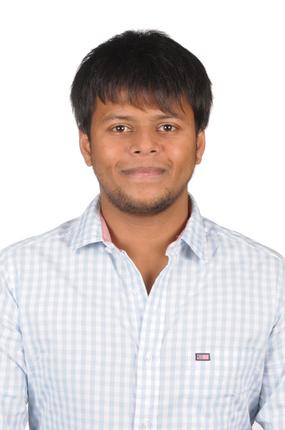
The debate continues three decades after it was raised at the fifth World Tamil Conference held in Madurai in 1981.
It is more than three decades since Japanese linguist Susumu Ohno stirred a controversy at the fifth World Tamil Conference held here in 1981 by raising the possibility that the Japanese language may have originated from classical Tamil. The debate rages to this day.
Vimala Solomon, head of the Madurai-Japan Cultural Foundation and Director of Surya Nihongo Gakko, a Japanese language school here, says:
“I agree with Mr. Ohno because we find many similarities between Tamil and Japanese. We can think in Tamil and speak in Japanese. The syntax is also very similar.” However, she points out that one must learn Japanese first to appreciate the connection.
On the need for more Indians to learn Japanese, Savitri Vishwanathan, former head of the Department of Chinese and Japanese Studies, University of Delhi, says learning Japanese has its advantages as it facilitates interaction with the native speakers and helps in understanding their culture better, especially because Japanese is the only language spoken in all regions of Japan.
Katsuma Doi, director of the Japan Foundation in New Delhi, told The Hindu he is not aware of Mr. Ohno’s theory as the subject is confined to linguistic circles. But he adds that people-to- people contact between Japan and India has been excellent.
Referring to a great wave of interest created by the dubbed version of the Rajinikant film ‘Muthu’ in Japan in 1998 and the consequent interest evinced by Japanese audiences in watching Tamil movies, he says: “Now there is a second wave with the Japanese exhibiting much enthusiasm in watching Bollywood movies such as Aamir Khan’s 3 Idiots, Shahrukh Khan’s Om Shanthi Om and Salman Khan’s Ek Tha Tiger.”
He points out that a survey conducted in 2012 has revealed that Japanese is being taught to 3.98 million learners in 136 countries. “India is in the fourteenth position among countries where Japanese is popular. The number of learners in India has increased by 2,000 over the figure of 18,000 recorded in a survey conducted in 2009,” he points out.
He believes that Madurai will make great strides in learning Japanese in the years to come. “I feel that there will be rapid growth in the number of Japanese learners here as Ms. Vimala, a native of Madurai, has the ability not only to teach Japanese but also nurture the next generation of Japanese language teachers here,” he adds. Mr.Doi was in the city on Friday to inaugurate the Japanese language school.
source: http://www.thehindu.com / The Hindu / Home> News> Cities> Madurai / by Mohamed Imranullah S / Madurai – July 20th, 2013
